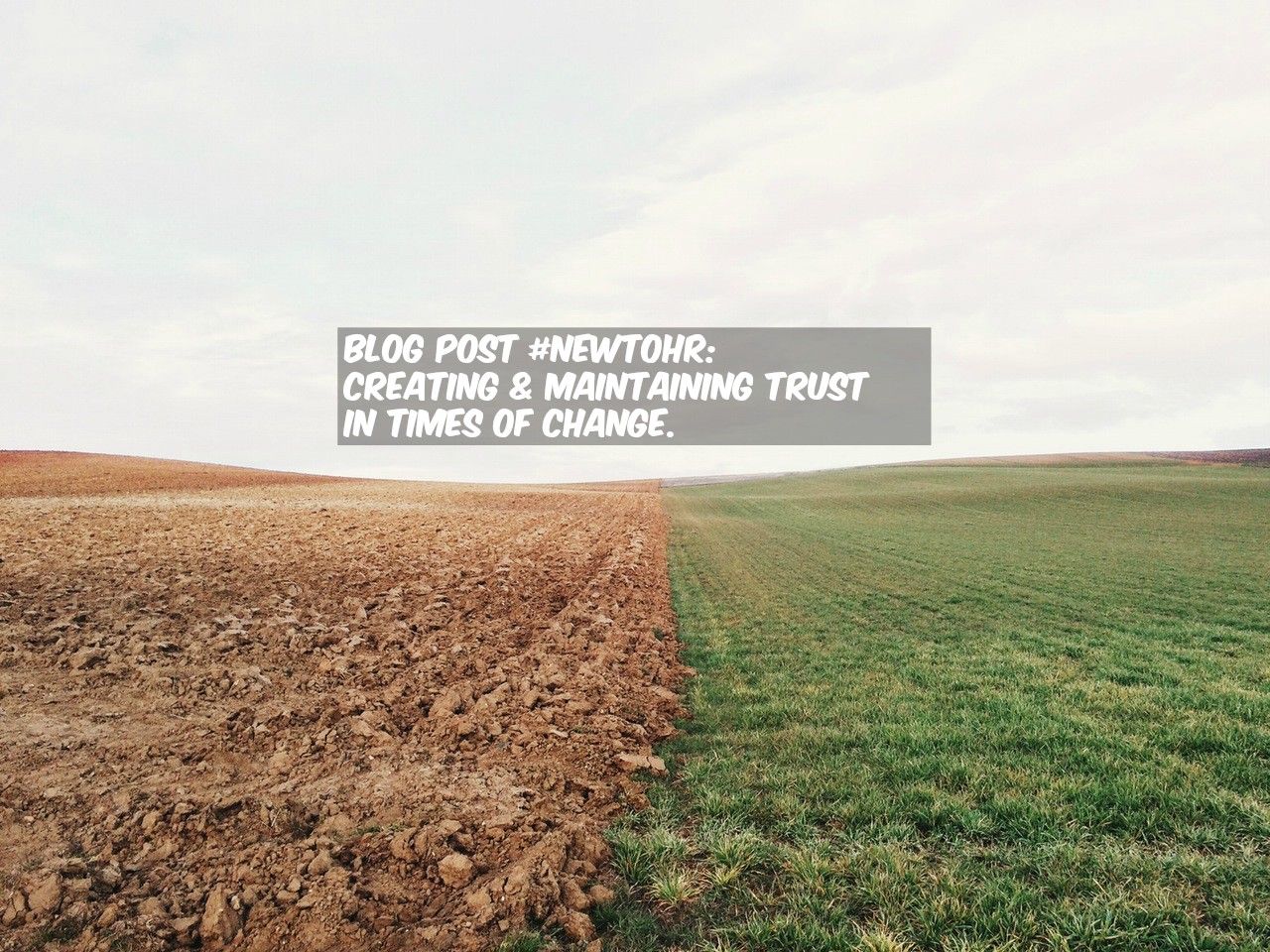
Creating And Maintaining Trust In Times Of Change
Even the best-managed companies can have difficulty in adjusting to times of change. And, when that happens, there is always the risk that a organization will have a hard time maintaining the trust of its workers.
What is needed is a comprehensive approach for managing the difficulties and complexities that accompany change within the business world.
To make that a reality, companies need to ensure that trust mechanisms exist before they are needed.
Consider, for example, the first and most obvious source of change – a large corporate acquisition, merger or divestiture. In such a case, there is not only the uncertainty created by merging with or acquiring a company, there is also the very real prospect of significant changes to the overall structure of the organization.
During these mergers or acquisitions, the CEO must lead the charge, informing the organization of how it will impact different business units and affect the allocation of resources across that organization. The fear within many organizations, for example, is that “redundancies” will result in changes to employee headcount and possibly the loss of any entire division or unit. So, the role of the CEO is to address these concerns head-on.
Another major source of change is a PR disaster that occurs when breaking news negatively impacts a company, seemingly out of nowhere. In this case, it’s the role of the crisis PR team to keep channels of communication open. Rather than attempting to bottle up the news, it’s better to make responses and reactions transparent, both to the media and to employees.
Doing so will create and maintain the trust that’s so hard to earn. Every company from time to time experiences a dip in public perceptions, whether it’s a missed earnings report or a full-blown PR crisis involving a faulty product, as we’re seeing now with Chipotle.
How a company pulls through that crisis tells you a lot not only about the culture of the company, but also the resilience of the employees and how equipped they are for change.
Creating a resilient organization is possible, however. A growing body of research indicates that a number of factors can lead to a more resilient company. One of those is the creation of an involved, engaged workforce – the type of workforce that wins a company public accolades (e.g. “Best Place to Work”). An involved, engaged workforce will pull together to manage the change, because it is more than just a business, it is a community.
Obviously, it is easier to create an involve, engaged workforce at smaller organizations, but large companies can create happy, content workforces that replicate the feeling of working at a much smaller company. Often, these companies are flatter, less hierarchical. There is less of a divide between worker pay and executive pay. And there is a focus on regular updates from top management about changes afoot at the company.
Coming up with a comprehensive strategy for managing change must occur at both the executive level and at the grassroots.
Where those two levels meet is the key: if there is indeed active, regular feedback loops between both top and bottom, the higher is the likelihood that an organization can remain resilient in the face of change.
© New To HR


